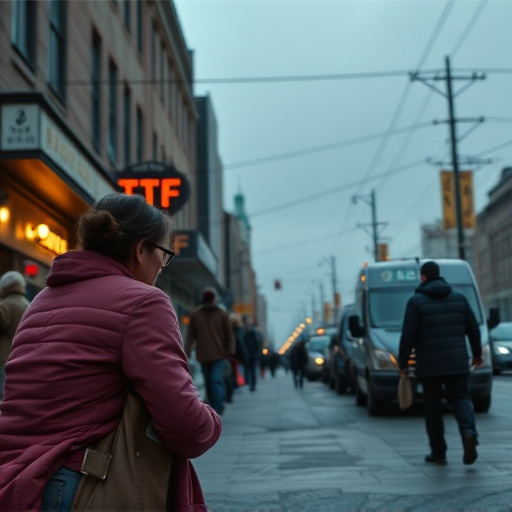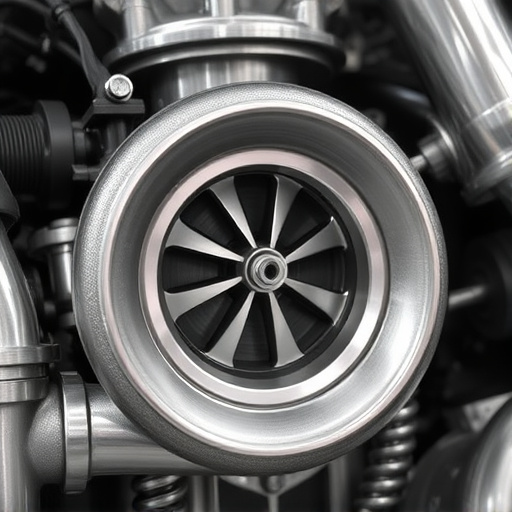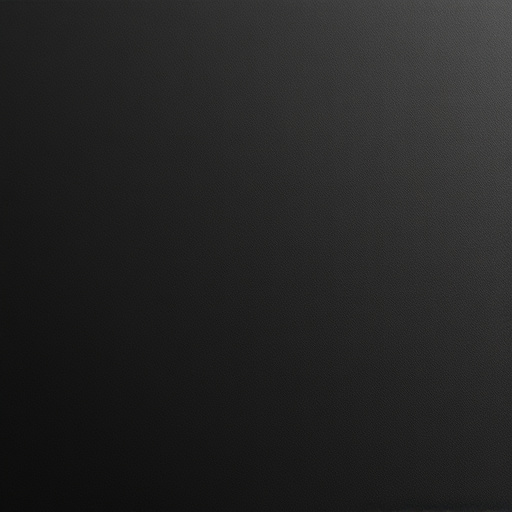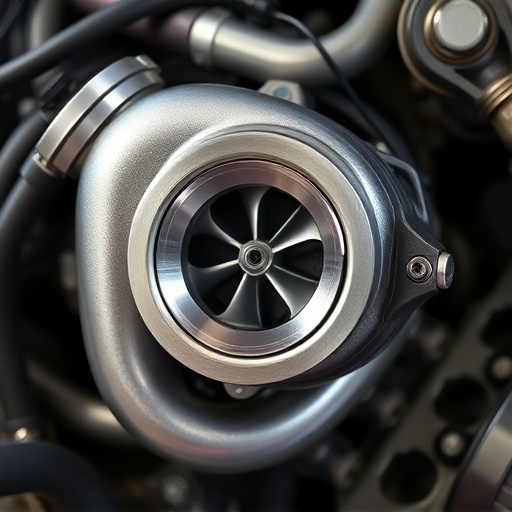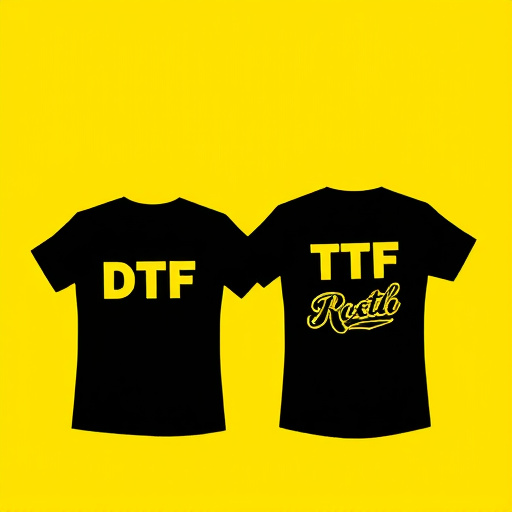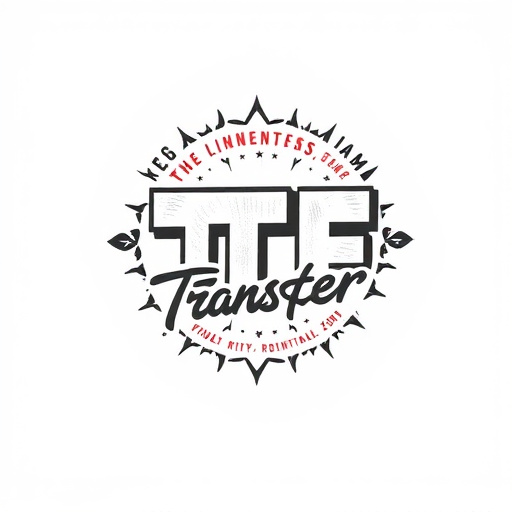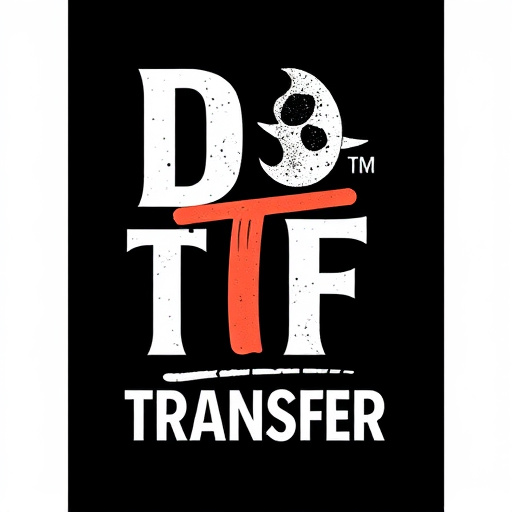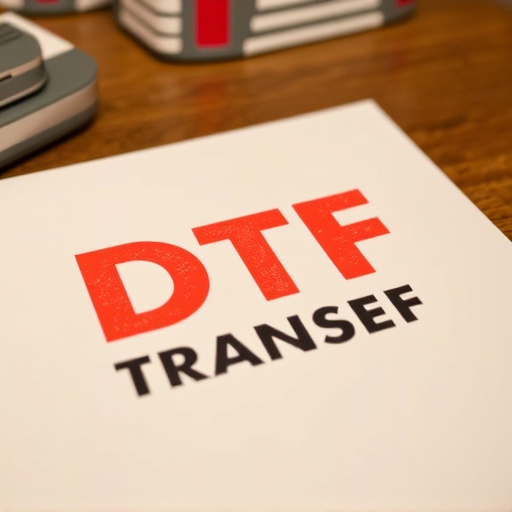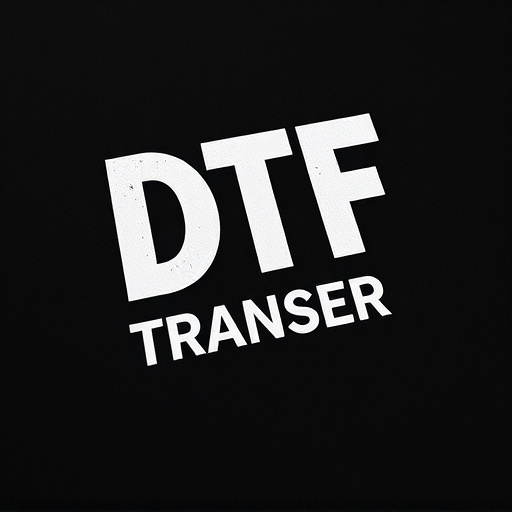Direct-to-Film (DTF) transfer revolutionizes photography by scanning digital images directly onto film, preserving tonal range and texture for rich, organic results. This process combines modern technology with classic cinematography, appealing to enthusiasts who seek a unique aesthetic impossible to replicate digitally. DTF democratizes analog processes, offering professionals a streamlined workflow with high-quality, consistent results. Equipments like scanners, print heads, software, and frame grabbers are essential for accurate color reproduction and fine detail preservation. With technological advancements, DTF's future looks bright, promising higher resolutions, improved color accuracy, AI integration, and accessible, innovative printing materials.
Discover the captivating world of Direct-to-Film (DTF) transfer, a revolutionary process transforming digital images into analog film. This article explores the historical evolution of DTF, from its roots in photography’s digital revolution to its present-day surge in popularity. We’ll delve into the intricate process, its benefits for enthusiasts and professionals, and the equipment essential for successful conversions. Uncover common challenges and future prospects shaping the ever-evolving landscape of DTF transfer in photography.
- Understanding Direct-to-Film (DTF) Transfer: A Historical Perspective
- The Process: From Digital to Analogue Film
- Benefits of DTF for Photography Enthusiasts and Professionals
- Choosing the Right Equipment for a Successful Conversion
- Common Challenges and How to Overcome Them
- Future Prospects: The Evolving World of DTF Transfer in Photography
Understanding Direct-to-Film (DTF) Transfer: A Historical Perspective

Direct-to-Film (DTF) transfer is a process that has evolved over time, offering a unique and artistic approach to photography. Historically, this method has its roots in early film photography, where images were captured directly onto physical film stock, creating a tangible negative. With advancements in technology, DTF gained renewed interest from photographers and filmmakers seeking an alternative to digital editing.
The modern DTF transfer process involves using specialized equipment to scan and expose photographic prints or negatives directly onto film. This technique allows for a direct translation of the original image, preserving its tonal range and texture. Many enthusiasts appreciate DTF for its ability to produce rich, organic results with a distinct aesthetic that cannot be replicated digitally.
The Process: From Digital to Analogue Film
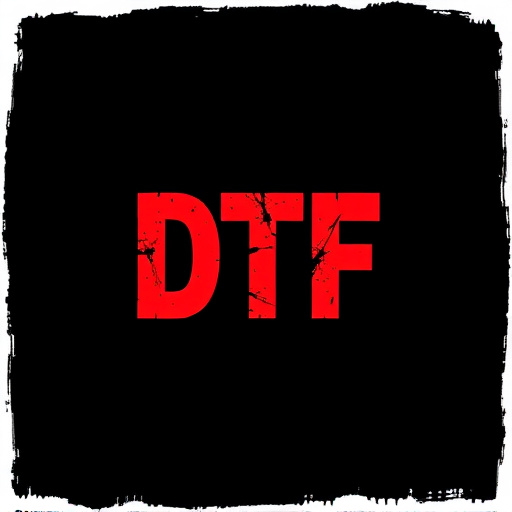
The journey from digital photographs to analogue film via Direct-to-Film (DTF) transfer is a captivating process that bridges the gap between modern technology and classic cinematography. It begins with high-resolution digital images, which are meticulously scanned or captured using specialized equipment. These digital files, rich in pixels and detail, serve as the foundation for the conversion.
The DTF process involves advanced software that interprets the digital data and translates it into a format compatible with traditional film chemistry. This digital-to-analogue translation is not merely a replication but an artistic interpretation, allowing for unique variations and characteristics that can enhance the aesthetic appeal of the final product. Once the conversion is complete, the film is ready to be developed, creating tangible, vintage-style images that capture the essence of bygone eras.
Benefits of DTF for Photography Enthusiasts and Professionals
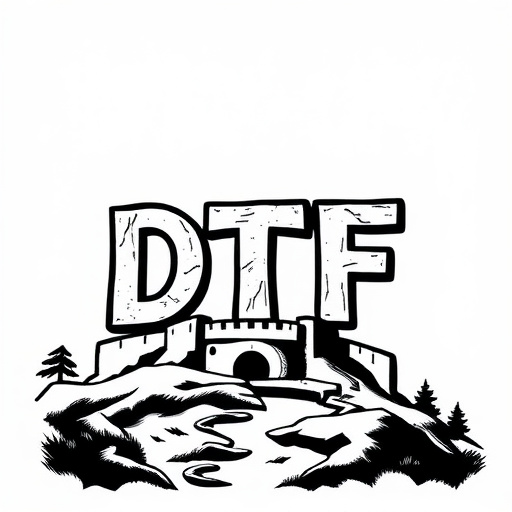
Direct-to-film (DTF) transfer offers a unique and appealing process for photography enthusiasts and professionals alike. This method allows for the reproduction of high-quality, film-like images without the need for traditional printing techniques. One of the key benefits is its ability to preserve the intricate details and vibrant colors often captured in modern digital photography, simulating the aesthetic of film seamlessly.
For enthusiasts, DTF provides an affordable way to experiment with analog processes while enjoying the advantages of contemporary technology. Professionals, on the other hand, benefit from a streamlined workflow, as it reduces the time typically spent on editing and printing. This efficient process enables photographers to focus on their artistic vision, ensuring consistent and impressive results.
Choosing the Right Equipment for a Successful Conversion

Converting photographic images to Direct-to-Film (DTF) format requires careful consideration of your equipment choices, as they significantly impact the outcome. The first step is selecting a high-quality film scanner that aligns with your desired resolution and color accuracy standards. Look for scanners with advanced features like automatic density correction and true 16-bit color depth to ensure precise color reproduction. Additionally, investing in a top-tier print head and ink system is crucial, especially if you plan to make multiple transfers or reproduce intricate details.
For a successful DTF conversion, consider the use of specialized software that optimizes image processing for film transfer. These tools offer features like noise reduction, contrast enhancement, and custom curve adjustments, enabling you to fine-tune the final output. Furthermore, having the right frame grabber and interface cards ensures smooth data transmission between your scanner and computer, minimizing potential disruptions during the conversion process.
Common Challenges and How to Overcome Them
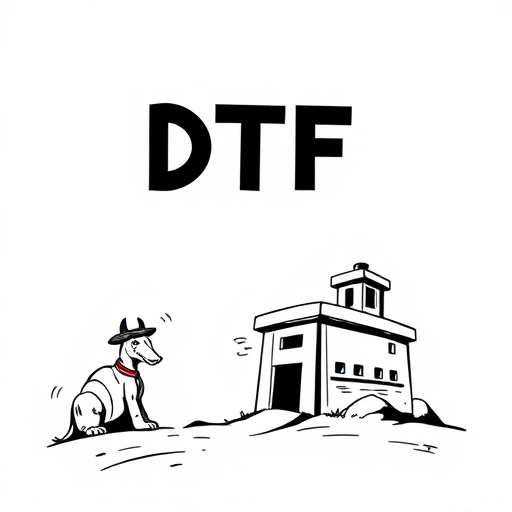
Converting photographic images to a direct-to-film (DTF) transfer format comes with its set of challenges. One of the primary hurdles is achieving accurate color reproduction, as digital files often contain metadata and color profiles that need to be precisely adjusted during the conversion process. Skilled technicians use specialized software to calibrate colors, ensuring the final film emulates the original photograph’s aesthetic as closely as possible.
Another challenge lies in preserving fine details and textures. High-resolution images, when downscaled for DTF transfer, might lose some sharpness and detail. To overcome this, it’s crucial to start with high-quality source material and use advanced interpolation techniques during the conversion. Additionally, proper exposure settings are essential to avoid overexposure or underexposure, which can significantly impact the final print’s visual quality.
Future Prospects: The Evolving World of DTF Transfer in Photography

The future of direct-to-film (DTF) transfer in photography looks promising, with continuous innovations pushing the boundaries of what’s possible. As technology advances, we can expect to see even higher resolution and more accurate color reproduction, allowing for a richer and more authentic film look. The integration of AI and machine learning algorithms may play a significant role in enhancing the process, from noise reduction to detail enhancement, making DTF transfers closer to the original film grain and texture.
Additionally, the growing demand for analog and film-based photography among contemporary photographers and collectors is fueling the evolution of DTF technology. This trend suggests that DTF transfers will become more sophisticated and accessible, catering to a diverse range of users. With advancements in printing materials and techniques, we might also witness the emergence of new, exotic film stocks replicated digitally, expanding the creative possibilities for both traditional and digital photographers alike.

